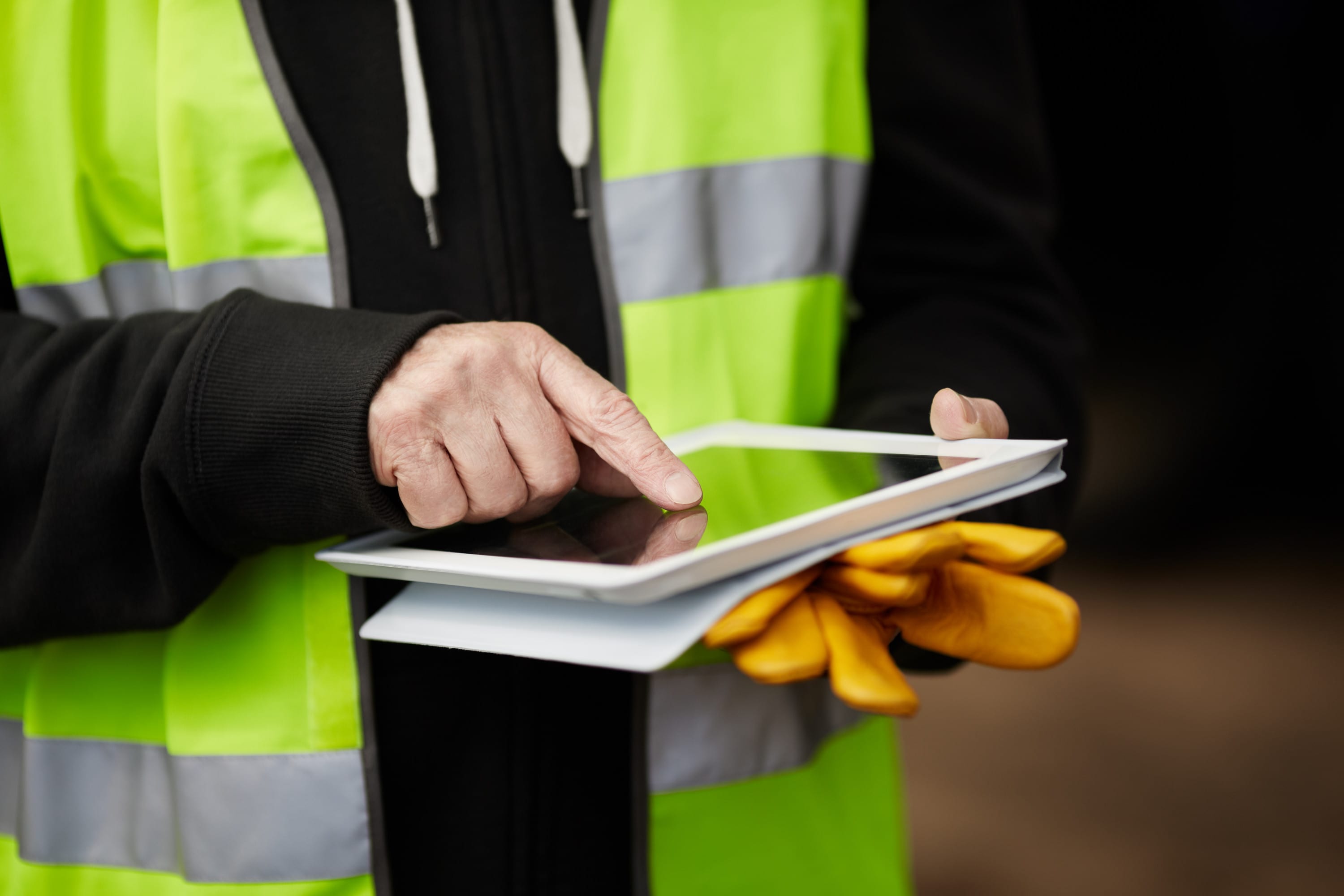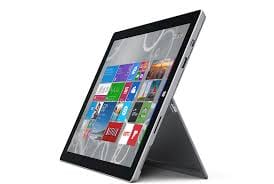 Field service work is inherently mobile, which explains why the latest gadgets hold so much promise in the industry. Get beyond the hype, and there are countless stories of how iPads, GPS tracking devices, smartphones and even wearables are improving work in the field. Here’s a look at how the latest mobile technologies are transforming how technicians fix customer problems, how managers improve fleet efficiency — and how everybody gets more work done:
Field service work is inherently mobile, which explains why the latest gadgets hold so much promise in the industry. Get beyond the hype, and there are countless stories of how iPads, GPS tracking devices, smartphones and even wearables are improving work in the field. Here’s a look at how the latest mobile technologies are transforming how technicians fix customer problems, how managers improve fleet efficiency — and how everybody gets more work done:
iPads Keep the Lights on at Cornell University
Add Cornell University’s utility division to the list of field service organizations that love the iPad. The department handles water and electricity service for the more than 30,000 people and 300 buildings on campus. In October, the department added iPads to their field service teams’ arsenal — and the response has been great. When the power goes out or water shuts off, managers can log on to the utilities system through either an iOS or Web application, locate the problem — and, in some cases, fix it remotely. The iPad-less process, by contrast, looked much different: Managers would have to drive to the office, boot up a computer to access the utilities system, find the problem and then dispatch a technician to solve it.
“It’s simple, isn’t it? Provide field employees and their managers a device they can keep close at hand so they can investigate and even respond to an emergency from nearly anywhere they are,” writes Galen Gruman in InfoWorld.
Read More at InfoWorld
iPad Challenger: Windows Surface Pro 3
 Apple’s iPad has new competition for field service techs’ attention: the Windows 8 Surface Pro 3. It’s the third generation of Microsoft’s surface tablet, and this version includes big improvements that could appeal to service techs, including:
Apple’s iPad has new competition for field service techs’ attention: the Windows 8 Surface Pro 3. It’s the third generation of Microsoft’s surface tablet, and this version includes big improvements that could appeal to service techs, including:
Hybrid tablet-laptop design:
It’s the best of both worlds. Use the tablet on the go, or snap on a keyboard for more intensive tasks like writing reports or completing work orders. When used as a laptop, the Surface Pro 3 can run full programs like Excel, Word and Quicken.
Accessories:
- A USB jack, so users can charge their phones or attach external devices
- Video output
- Stylus
- Snap-on keyboard
Specs:
- Size: 12-inch screen
- Weight: 1.76 pounds
- Battery life: Up to nine hours of web browsing
- Video: 5 megapixel front- and rear-facing cameras
- Cost: $800 for base model (64 gigabytes)
Read more at Yahoo
Walking, Talking, Self-Assembling Oil Rig
 Drill rig manufacturer Schramm is cashing in on the oil boom with its new rig, the T500XD. The 300-ton behemoth offers a glimpse of new generation oil rigs that bring the latest technologies to the field. For starters, the machine is capable of “walking” between drill sites at up to 30 miles per hour. The largely automated rig is packed with sensors that track oil flow, system health, pressure and other data. Machine-to-machine (M2M) capabilities allow users to control the rig remotely from any location and automatically report problems, an important safeguard since each rig costs about $8 million. To see a video of the T500XD in action, head over to Wall Street Daily.
Drill rig manufacturer Schramm is cashing in on the oil boom with its new rig, the T500XD. The 300-ton behemoth offers a glimpse of new generation oil rigs that bring the latest technologies to the field. For starters, the machine is capable of “walking” between drill sites at up to 30 miles per hour. The largely automated rig is packed with sensors that track oil flow, system health, pressure and other data. Machine-to-machine (M2M) capabilities allow users to control the rig remotely from any location and automatically report problems, an important safeguard since each rig costs about $8 million. To see a video of the T500XD in action, head over to Wall Street Daily.
Read more at Fuel Fix and Business Insider
Big Fleet Savings with GPS Tracking
Fleet managers eager to cut fuel costs and misuse can take a page from NJ Transit, New Jersey’s public transportation authority. The organization installed GPS tracking devices on about 480 vehicles in its fleet six months ago and has seen significant fuel and cost reductions. Employees have used logged 40 percent fewer driving hours and consumed 2,200 fewer gallons of fuel, compared with last year.
The GPS devices also helped NJ Transit to uncover some unscrupulous behavior: 10 employees were disciplined, mostly for using state vehicles for personal use.
Read more at The Record

Technology is the problem. Technology is the answer.
We have been managing more than 100 iPads for our field force and it is very difficult to check each and every employee’s iPad if some problem occurs. Thanks to the Scalefusion iPad MDM solution ( https://scalefusion.com/ios-mobile-device-management ) that helps us to remotely secure, manage and monitor those iPads from our office. It reduces the traveling cost and also improves productivity.
Great read!
Implementing iPads for business continuity is a sure shot advantage for improved productivity and with an MDM solution onboard, iPad management becomes quite a lot easy. Hexnode is an amazing option to move forward with, available at a reasonable price range. It allows android tablets to be locked in kiosk mode for additional security. It does support multiple operating systems as well. We have been using it since a long time now and are super happy with the experience.